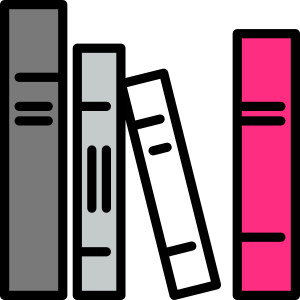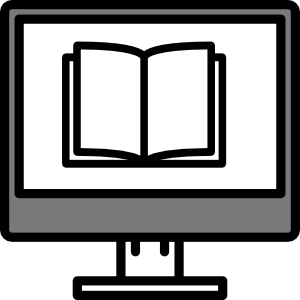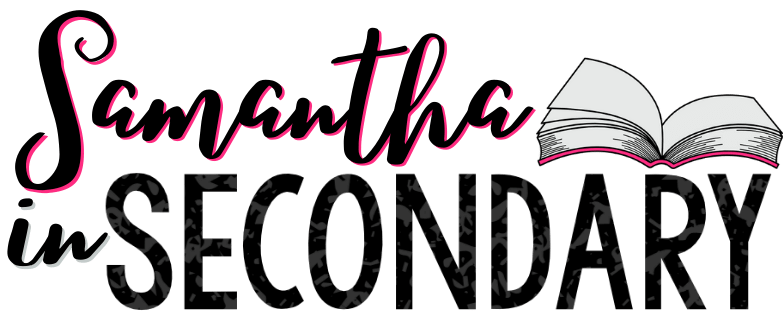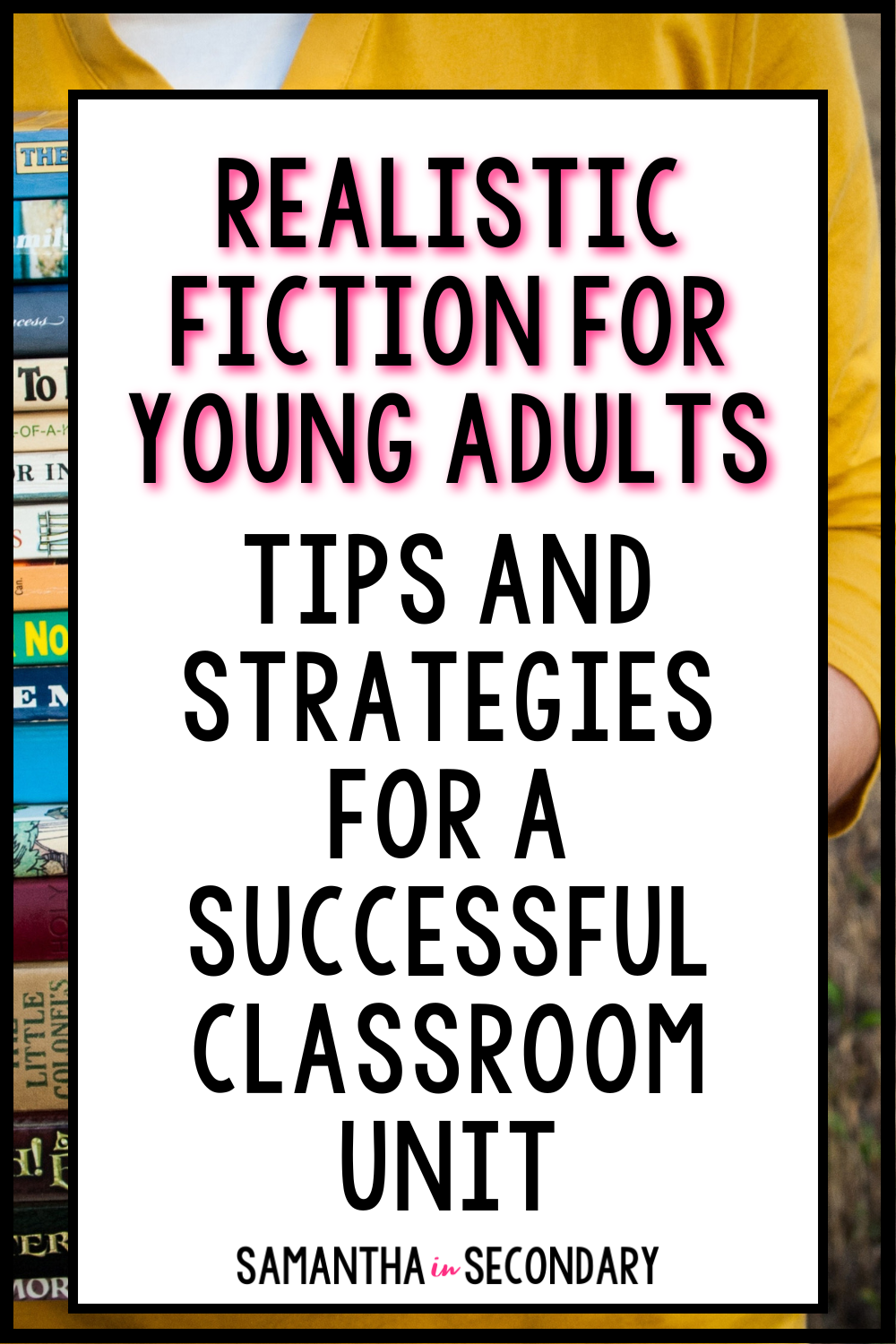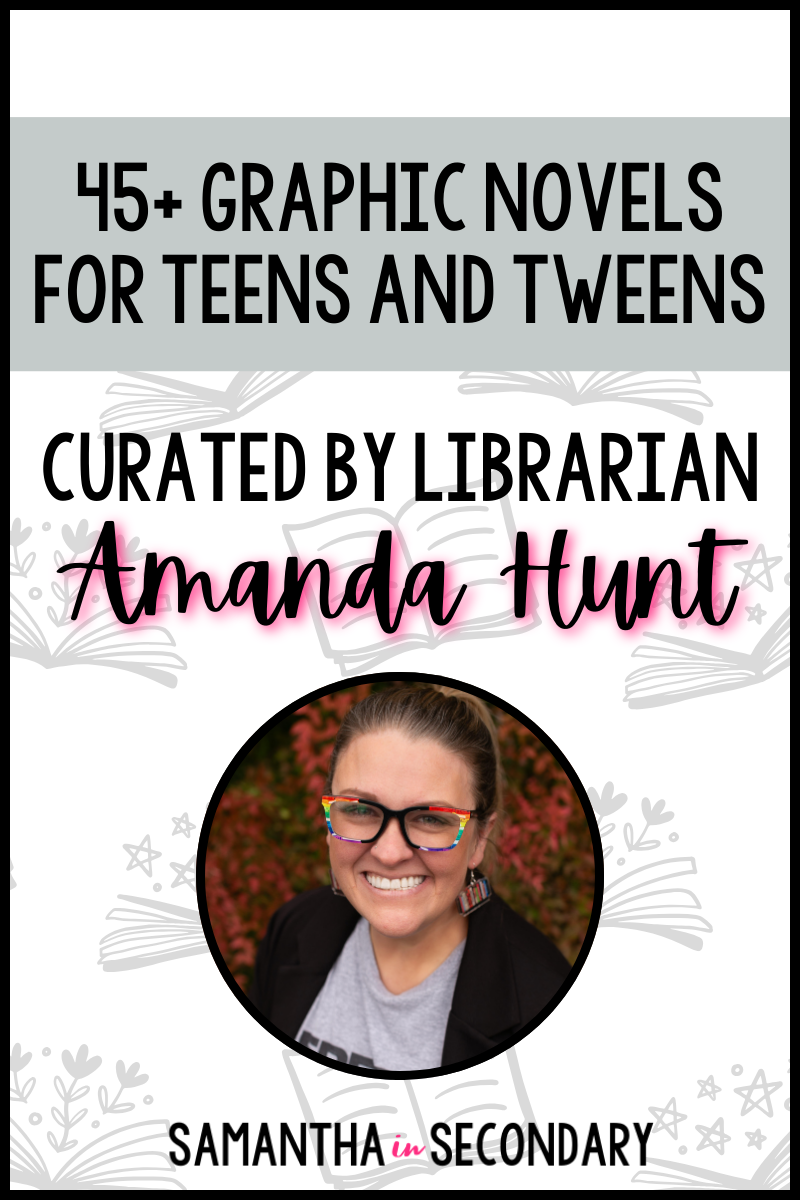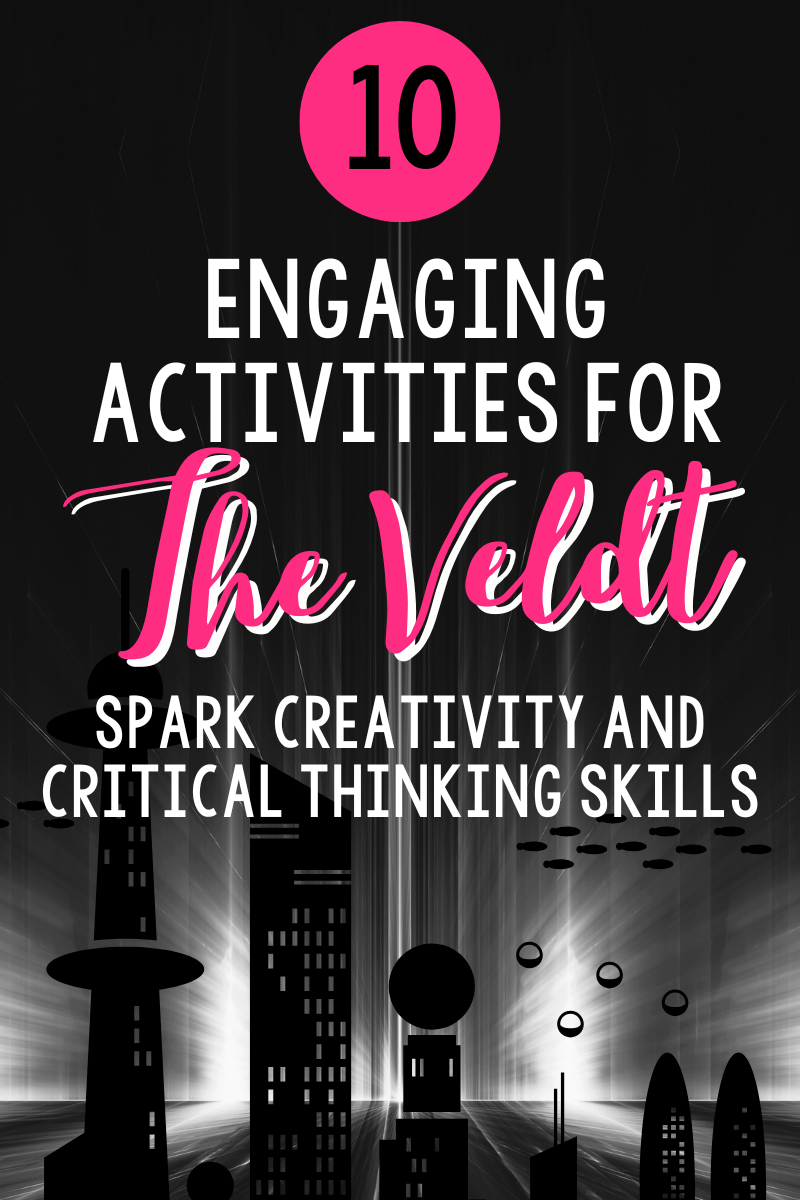If you’re a casual reader, you might not even be aware that there is a standard for how to rate a book. In fact, you probably think that most ratings are purely subjective. In a lot of ways, they are. I could do a deep dive into Reader Response Theory and the fact that it’s the reader that makes meaning of any text, but that’s probably a different post for a different day. If this is what you think, for the most part, you’re right. However, it’s only one side of the story.
People rate books for many reasons. Sometimes they base it on whether or not they liked and could relate to the characters. Maybe they hated the ending. It could be that the setting was somewhere they really wanted to travel. Or perhaps the book just hit them at a time when their mood aligned perfectly with the text. Any of these things can affect a rating at any given time.
As I’ve become a more prolific reader, I’ve begun to think critically about how I actually evaluate a book. What makes a book good not just to me, but to anyone? Is there such a thing as an “objectively” good book?
I have a working formula for how I rate a book, so I wanted to take some time to share it. As a teacher, I think it’s always important to discuss and keep discussing this with students. You’ll see some of my insights as an educator woven into the fabric of how I rate. I’m always evaluating with the lens of an educator, so I thought it was important to include my thoughts about it.
It’s also important to note that our ratings systems can change. I don’t rate books the same way as I did ten years ago. I don’t even rate books the same way I did before I became an English teacher. The more I learn, the more my system evolves, and I think having an open mind when it comes to something so personal is key.
With that being said, here is my working system for how I rate a book.
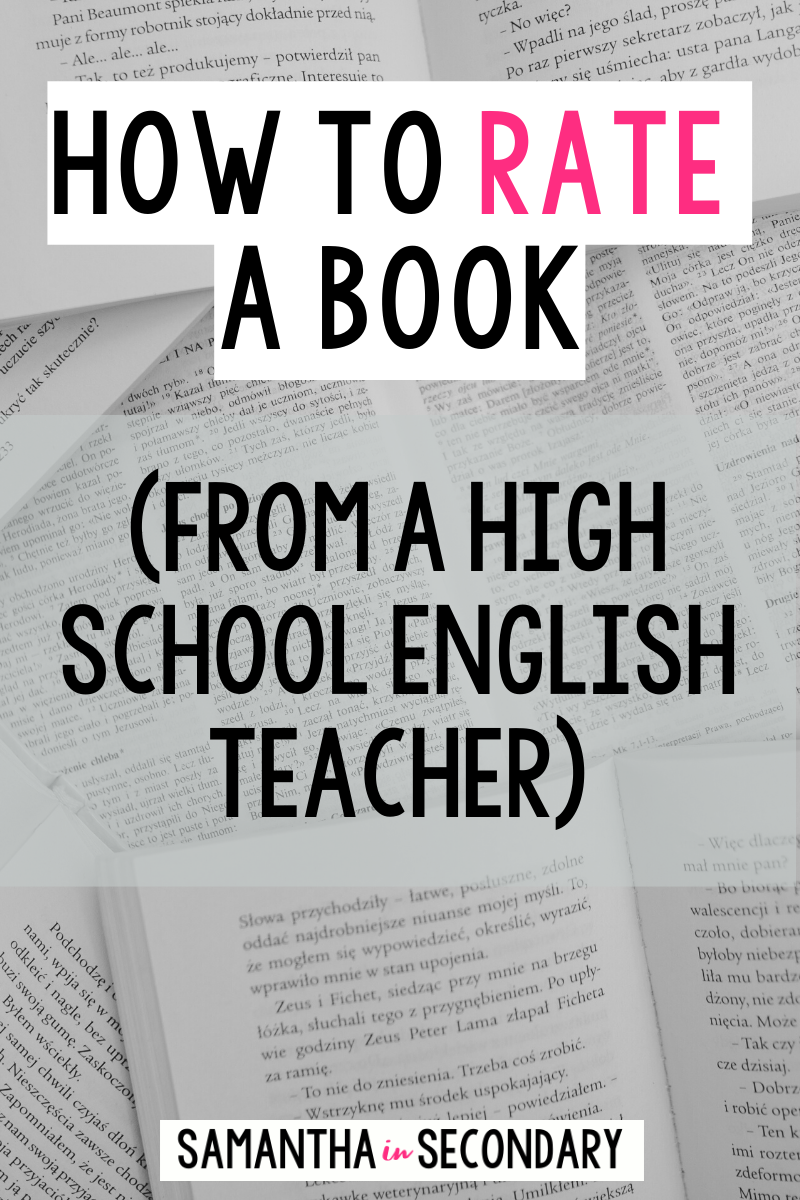
#1: Plot
Before I look at anything else regarding a book, I evaluate the plot. Is there a clear beginning, middle, and end? Does the plot make sense? Are there any gaping plot holes that completely throw a wrench into the story? Does the author generally follow the plot diagram? Is the author able to bend the plot in surprising ways? These are all questions I ask myself first when I evaluate a text. In my opinion, this is the most important base of any story. I can forgive a lot of things, but never an inconceivable plot.
#2: Characters
The next thing I look at are the characters. Are they relatable? Is there a variety of personality types and traits? Do they interact in a way that makes sense? Do they generally act in a way that you’d expect from their personalities throughout the book? Is there character growth? Characters can make or break a story. Next to the plot, I think they’re the most important element. People need to be able to relate to a protagonist, and if they can’t relate, they need to be able to empathize. Readers don’t care about stories when they can’t connect. People connect to people. This is why character building is so important.
#3: Conflict
Some people may not agree with this, but I put the conflict above the setting. I don’t always care where a story takes place. In fact, if it isn’t historical fiction, I often care very little. The conflict is where the magic happens. This is where you can really take the reader on a journey and increase the ‘make me care’ factor. If a story flops, it’s often because people don’t care about the conflict. The conflict should be believable and create tension in the story.
#4: Setting
Some people fall in love with a story because of the setting. If the story is in the historical or speculative fiction genres, setting is more important. For everything else, sometimes it’s just an added bonus. I love a well-developed setting, but for a lot of stories, it isn’t necessarily a make or break factor. Good writers weave a strong setting into any story, but I wouldn’t rate a really good text down based on setting alone.
#5: Theme
Good authors write books because they have something to say. Sometimes a story is just a story and there isn’t a broader message, but a good story is always saying something beyond the text that is right in front of you.
I believe theme is the sole source of conflict we’re having with book banning in classrooms. If people don’t agree with a message an author is portraying, they immediately want to rip the book out of the hands of students. Here’s the thing: Books aren’t here to tell students what to think. Books are here to give students something to think about.
No one has to agree with what they read, but if books don’t give us something to talk about, what’s the point? Having conversations makes us better. It helps us meet in the middle. It helps us understand each other. It helps us learn to respectfully disagree. It’s pretty clear we need more of that lately, right? (I know, I know… another blog post for another time.)
Theme is important. If a book doesn’t have a strong theme, the rating immediately goes down.
#6: Style
Sometimes a book is so beautiful that people rate it highly even if it doesn’t have many other great elements. (I’m looking at you, Addie LaRue.) Texts that have stood the test of time and are still being taught in classrooms today generally have all of these factors, but an incredibly significant one is style. Some of these writers can finesse words in a way not seen by generations before and generations after. We use them as mentor texts because they are the greatest examples we have of what good writing should look like.
Research shows the myriad benefits of reading. When we challenge our brains with complex texts, the benefits only grow. This is why students often “don’t like” the books they read in school. They’re difficult and many teachers haven’t been properly taught how to scaffold the learning to no fault of their own. It isn’t something that is covered extensively in teacher preparation programs. Telling students why we read complex texts in school is one of my best strategies for getting students to engage with them. You don’t go to the gym to lift two pound weights, do you? No! You go and lift the weights that are going to help you grow muscles. Your brain is a muscle.
Getting to the Rating
Alright, now that I’ve listed the criteria I use to evaluate books, I want to talk a little bit about how I get to the rating. Ratings are always out of five stars. Goodreads and Amazon uses the five-star rating, so I guess maybe that’s why most readers do, too. I always rate books genre against genre. (I don’t evaluate a YA mystery against an adult contemporary. It isn’t fair. You wouldn’t rate ice cream against tacos.)
I start by going down the above checklist and making mental notes. Did the book check all of the boxes?
Now, here is the wild card for me. If a book makes me cry, I almost always go for a 5. If an author can move me to tears with words alone, they deserve the 5 stars. Isn’t it amazing to think that words can be so powerful that they can move another human being to tears? So, if an author can do that to me- immediate 5.
The other wild card is what we’re going to refer to as ~wonder~. Sometimes a book is just so magical that is can invoke a sense of wonder. (There is a reason Harry Potter is a billion dollar industry.) Again, the wonder factor can boost a score up to a 5 automatically.
If there are no tears and no wonder, but the book still hits all of the above criteria, I usually evaluate how strongly it aligns to the criteria and decide between a 4 or 5.
As a book fails to meet the criteria, it loses stars along the way.
Some Final Notes
Since I spend a lot of time evaluating books both here on my blog and on my Goodreads account, I thought that spelling out my process was important. I also thought it would be interesting for casual and prolific readers alike to see someone else’s methodology.
No two readers evaluate books exactly the same way and as you can see from my explanation above, there is a certain level of subjectivity that goes into it. However, there are literary elements that make books objectively good. They are the shared terms we use to evaluate and discuss literature. They deepen our connection to books and to each other.
If you want to follow along with my book reviews, I’m almost always talking about books on Instagram. You can also follow my Goodreads for reviews.
Resources
If you’re interested in diving into this topic a little deeper, here are some of my favorite resources:
- How to Read Literature like a Professor by Thomas Foster
- The Clues to a Great Story TED Talk by Andrew Stanton (Love using this with students, but I specifically use this version because the original has some language issues. This one has been edited.)
- On Writing by Stephen King
- Reading Like a Writer by Francine Prose
